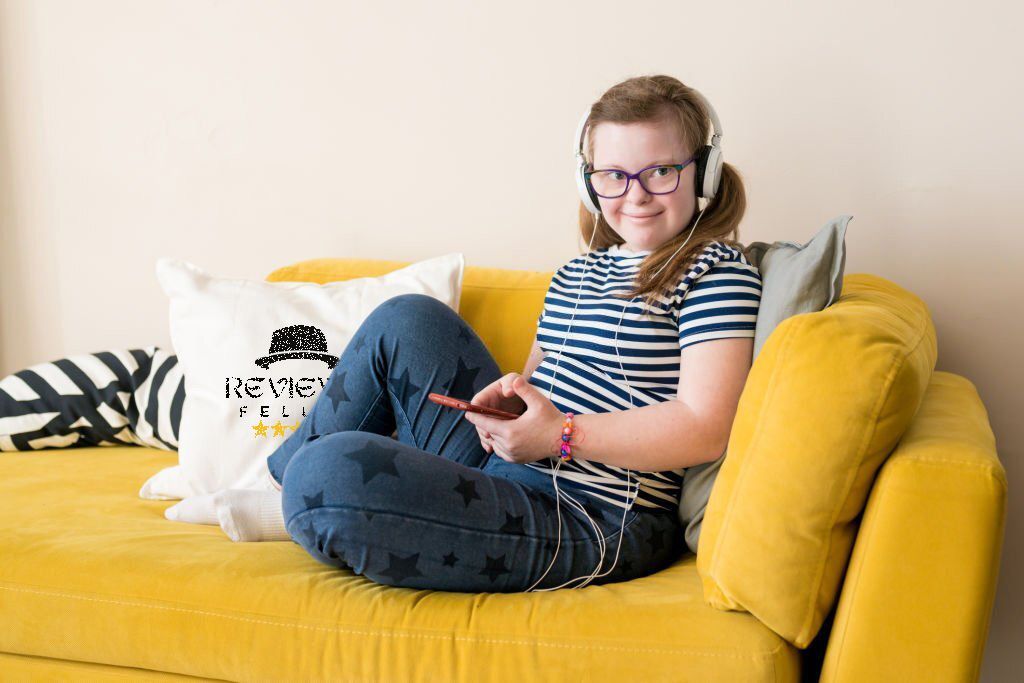This article is reviewed, corrected, and approved by: Julia Weiss CNP| RN | MPH
Do you know one in every 700 newborns in the US is born with Down syndrome? And One in every 54 American children born with ASD or autism (23 per 1,000). Most people think that down syndrome and autism are the same, but they are not.
Would you like to know the differences and similarities between Down syndrome and autism? Even though autism and down syndrome seem to be opposite, the fact is they have some common differences and similarities. Understanding these complex realities is important to provide better support for those affected by both.
We will talk about Down Syndrome and Autism, two neurological conditions that are often misunderstood. In this post, we'll delve into the intricacies of Down Syndrome and Autism; try to explore characteristics, causes, symptoms, diagnosis, and treatments for both conditions. So, buckle up for an illuminating journey through two sensitive health issues.
What are Down Syndrome and Autism?
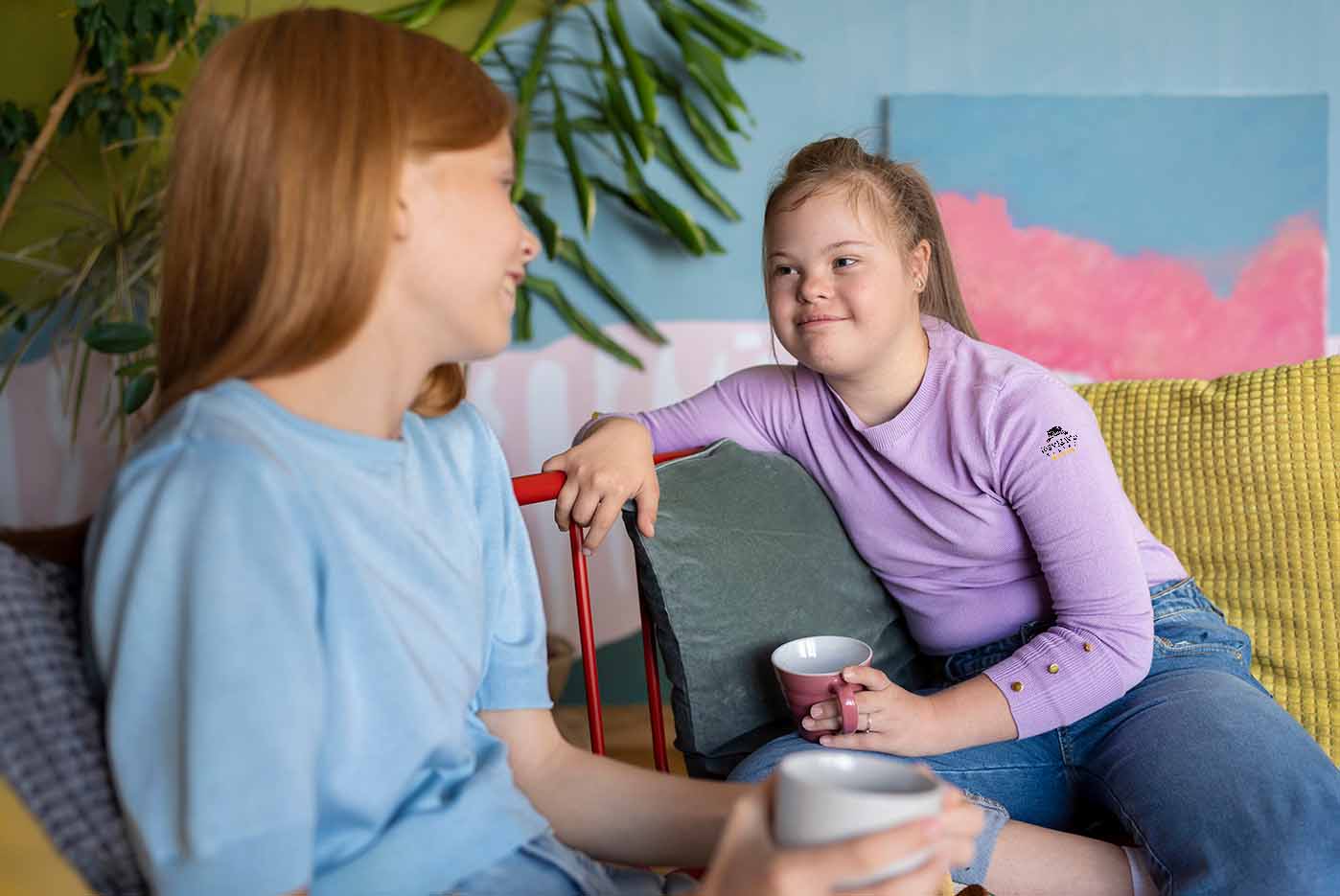
According to the NDSS (National Down Syndrome Society), individuals with Down syndrome have an additional copy of chromosome 21 compared to those without the condition. The presence of this additional genetic material modifies normal development and leads to the symptoms of Down syndrome.
On the other side, individuals with ASD or autism spectrum disorder have difficulty communicating, interacting with others, and behaving responsibly in social contexts, many of which manifest throughout early childhood.
Trisomy 21, known as Down syndrome, results from an additional set of 21 genetic factors (chromosome 21). One extra chromosome change in body and brain growth leads to different physical issues, such as a flat bridge of the nose, almond-shaped eyes, a small mouth, ears, and neck. Additionally, it can cause weak muscles, slow development, and a lack of intelligence.
Cause of Down Syndrome
Although the down syndrome causes remain unknown, research has identified certain factors that may raise the possibility of having a child with this condition. These include being older than 35 years old when conceiving, having a family history of Down syndrome, and having had a previous pregnancy or child with Down syndrome.
Three subtypes of Down syndrome can be seen, trisomy 21, translocation Down syndrome, and mosaic Down syndrome. Each type is slightly different from the others. About 95% of Down Syndrome cases are caused by nondisjunction trisomy 21, the most common one. It can happen in any pregnancy, but the chance goes up as the mother gets older.
Cause of Autism
Autism can be triggered by just one genetic change or by a combination of multiple genetic changes. Environmental factors like toxic exposure during pregnancy or early childhood may raise the incidence of autism, according to some research. Also, some neurological factors may cause autism spectrum disorder icd 10, like some regions of the brain, including the amygdala and the frontal lobe.
Characteristics of Down Syndrome

A number of characteristics are associated with Down syndrome, which can help distinguish it from autism (autistic people or autistic children). These include:
- Low muscle tone: This means that muscles are weaker than usual or have poor muscle tone, which also makes it take longer for the child to do things like sit up, crawl, and walk.
- Small stature: People with the down syndrome tend to be shorter than average.
- Facial features: Certain facial features are characteristic of Down syndrome, including a small nose, slanted eyes, and an enlarged tongue.
- Intellectual disability: Down syndrome is commonly associated with lifelong learning disorders and intellectual disabilities ranging from mild to severe.
- Health problems: People with Down syndrome are more likely to suffer from these conditions like heart defects, weak immune support, respiratory infections, and stroke.
Characteristics of Autism
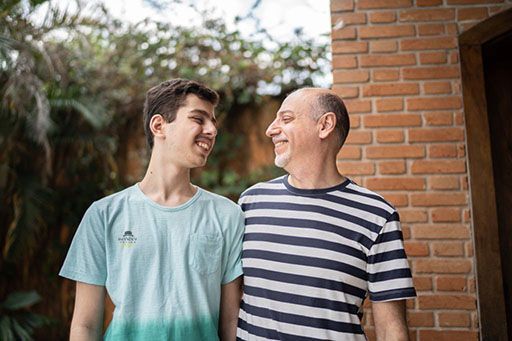
There are a few key characteristics that may be indicative of autism, which can help to distinguish it from down syndrome. These include:
Repetitive behaviors or restricted interests
This may manifest as a child engaging in the same behavior repeatedly or fixating on a particular interest to the exclusion of all others.
Delayed speech and language development
Many children with autism have difficulty communicating and may not develop speech at all. Those who do learn to speak often use unusual words or phrases and have trouble carrying on a conversation.
Social deficits
There are social deficits in autistic spectrum disorder, which include trouble making eye contact, understanding nonverbal cues, and relating to others. It's also possible for kids with autism to seem indifferent to others' feelings.
Similarities of Down Syndrome and Autism
Down syndrome and autism are both neurodevelopmental disorders that can cause a range of cognitive and physical challenges. Genetic abnormalities cause both conditions, which tend to run in families.
People with Down syndrome typically have intellectual disabilities and delayed development. Those with the pervasive developmental disorder may or may not have intellectual disabilities but usually struggle with social interaction and communication.
Discover the key similarities shared between autism and Down syndrome:
- Communication, social interaction, and cognitive development are affected.
- Those with Down syndrome tend to have poorer immune support than those with autism, while both conditions can impact the body's defenses.
- A hard time communicating verbally or non-verbally.
- Sensitivity to light, sound, and touch.
- Both conditions require supportive interventions to help individuals.
Both conditions, however, share many similarities. Down syndrome and autism can cause problems with speech and language development, motor skills, and learning. In addition, people with either condition may experience sensory processing, sleep, and gastrointestinal issues.
Differences between Down Syndrome and Autism
There are a few key differences between Down Syndrome and Autism.
Symptoms of Autism and Down Syndrome
There are a few key symptoms that are generally associated with autism and down syndrome.
Down syndrome
- Typical facial traits include a flat nose, different-shaped eyes that slope upwards, small lips and ears, and a short neck.
- Muscle weakness (hypotonia)
- Language and cognitive deficits
- Sometimes, it can be understood from a child's behavior that; they might have mild to moderate cognitive impairment or intellectual disability.
- Risk of heart abnormalities, respiratory infections, and hearing and vision issues
Autism
- Social communication and interaction issues, such as eye contact, nonverbal signals, and relationship building. (Some people with autism are nonverbal, meaning they do not speak at all).
- Individuals with autism may have trouble with social interaction and communication, such as repetitive actions and speech.
- Sensory sensitivities or phobias, such as hypersensitivity to sounds, smells, or lights.
- Functioning issues, including organizing, planning, starting and finishing tasks, and responding to routine changes.
- Language delays or communication issues.
Down Syndrome Diagnosis and Autism Diagnosis
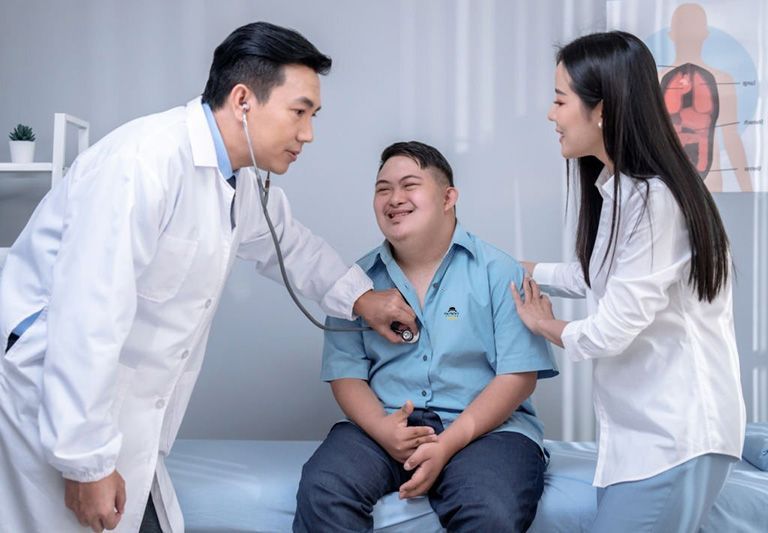
There are a few differences between dual diagnosis (down syndrome and autism), which can help doctors figure out which one a person has.
First, Boys are affected by autism at a considerably higher rate than girls. While Down Syndrome is more evenly split. This can be helpful in narrowing down the possibilities if one gender is predominately affected.
Secondly, people with Down Syndrome tend to have some level of intellectual disability, while those with autism may or may not. This, again, can help to rule out one condition or the other.
Finally, many individuals with Autism Spectrum Disorder (ASD) may also experience sensory processing challenges or difficulties, such as hypersensitivity to touch or sound.
In general, people with Down syndrome do not experience these problems. Considering all of these factors can help to point toward diagnosing one condition or the other.
help to point toward diagnosing one condition or the other.
Treatment Options for Autism and Down Syndrome
For those with Down syndrome and autism, there are several therapy choices. To select the best alternative for your child, you must understand how the two conditions are different or not. Hence, let us investigate both treatment choices together.
Treatment options for Down syndrome
- Early intervention programs, e.g., Children may benefit from various types of therapy, including autism spectrum therapies: speech therapy, physical therapy, exercise rehabilitation, and cognitive behavioral therapy.
- Special education programs can provide individualized support and accommodations to help children with down syndrome reach their academic potential.
- Medical treatments, such as surgery to correct congenital heart defects or medication for certain health conditions, can improve overall health outcomes.
- Genetic counseling can provide families with information and support related to the diagnosis and management of Down syndrome.
Treatment options for autism
- Treatments based on applied behavior analysis (ABA) are commonly implemented for autistic individuals. That focuses on improving social and communication skills and reducing problematic behaviors.
- Children with autism can benefit from speech therapy by improving their language skills and improving their communication abilities.
- Occupational therapy can help individuals with autism develop skills related to daily living, sensory integration, and fine motor abilities.
- Treatments are available for anxiety, depression, or disorder like ADHD (Medication, therapy, etc.).
Support Resources for Those Affected by Both Conditions
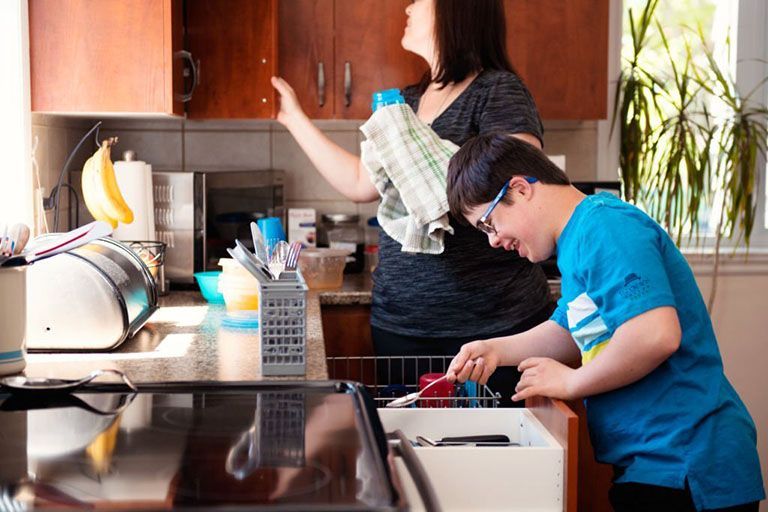
Several support resources are available for those affected by both conditions. NDSS and the Autism Society have many programs and services specifically designed to support individuals with pervasive developmental disorders and families affected by both conditions. Moreover, several organizations, such as the National Disability Rights Network (NDRN), provide resources and support for individuals with disabilities and their families.
Caravel autism health is a well-known private organization that provides autism services to children and families. Besides, many non-profit organizations arrange awareness programs to educate people about autism and down syndrome. As a way to spread awareness, you may also see a lot of people wearing t-shirts and hats that say, "Please be patient I have autism."
Conclusion
While Down Syndrome and Autism are different conditions, remember that each individual and their problem are unique. And for both of these health issues, treatment would be different; it varies from person to person. Early detection might assist in the diagnosis and treatment process by beginning earlier.
Also, it might save a kid's life. It is also essential to remain informed about the latest research in order to understand better and support individuals who have been diagnosed with either condition. As a society, we should be focused on providing resources and support for those living with these conditions so that they can live full and meaningful lives.
Frequently Asked Questions (FAQs)
Q: What is mosaic down syndrome?
Ans: Mosaic Down syndrome, also known as mosaic trisomy 21, is an uncommon variant of Down syndrome in which a person's cells have a combination of chromosomes.
Q: What is embracing autism?
Ans: Embracing Autism encourages autism acceptance. Parents of autistic children founded it to improve autism's image and promote acceptance. It educates and dispels autism myths. Embrace autism test has a 100% success rate.
Q: Is down syndrome more common in males or females?
Ans: Down syndrome occurs equally in men and women, and some research implies a slight male predominance, and this difference is still unidentified.
Q: Can animals have down syndrome?
Ans: Several animals have genetic problems that look like down syndrome. Some animals with down syndrome are found, such as dogs and cats. Even though these aren't Down syndrome, they can cause some of the same physical and behavioral symptoms.
Q: Which parent carries the autism gene?
Ans: No gene or parent causes autism. Instead, both environmental and genetic factors cause autism.
Q: How to explain autism to kids?
Ans: It can be hard to explain autism to kids, but you can do a few things to help them understand. For example, said simply uses plain language, considers using images or visuals, Emphasizes the significance of compassion and tolerance, and demonstrates that each person is unique.
Q: How to get diagnosed with autism / how to get tested for autism?
Ans: Procedures for diagnosis and treatment of autism, including those designed specifically for the disorder, as well as developmental screening, diagnosis questionnaires, and inspections or observation
Q: What is Asian down syndrome?
Ans: There are no disorders by this name. But Asian with down syndrome is simply known as Asian down syndrome.


